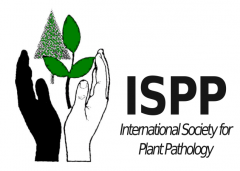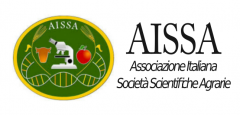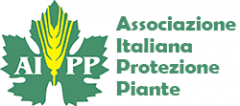FIRST REPORT OF GRAPEVINE RUPESTRIS STEM PITTINGASSOCIATED VIRUS IN TUNISIAN GRAPEVINES
I. Soltani, N. Mahfoudhi, T. Elbeaino, M. Digiaro, M.R. Hajlaoui
doi: 10.4454/jpp.v95i1.2717
Abstract:
Grapevine rupestris stem pitting-associated virus (GRSPaV), a member of the genus Foveavirus, is associated with Rupestris stem pitting, a disease that, along with Kober stem grooving (KSG), Corky bark (CB) and LN33 stem grooving, constitute the rugose wood disease complex of grapevine. Grapevine virus A (GVA) and Grapevine virus B (GVB), which are associated with the KSG and CB, respec- tively (Martelli, 1993), are common in Tunisian grapevines (Mahfoudhi et al., 1998), whereas no information is avail- able on the presence of GRSPaV. Therefore, 140 samples of 10 table grape varieties (Italia, Superior Seedless, Down Seedless, Red Globe, Victoria, Early Sugar, Black Pearl, King’s Ruby, Rich Baba and Sultanine) from different Tunisian grapevine-growing areas were collected and in- dexed for the presence of this virus by RT-PCR using as template total nucleic acid preparations extracted from phloem tissue (Foissac et al., 2001) and primers RSP-48 (5’- AGCTGGGATTATAAGGGAGGT-3’) and RSP-49 (5’- CCAGCCGTTCCACCACTAAT-3’) (Lima et al., 2006). A 330 bp product corresponding to a fragment of the GRSPaV coat protein gene was amplified from 112 samples, accounting for an infection rate of 80%. The virus was pres- ent in all the surveyed areas and grape cultivars tested. More specifically, it was detected in all samples of cv. Early Sugar, King’s Ruby and Sultanine, whereas in the other cultivars the infection rate ranged from 17% (cv. Down Seedless) to 97% (cv. Italia). To our knowledge, this is the first report of GRSPaV in grapevines in Tunisia.




